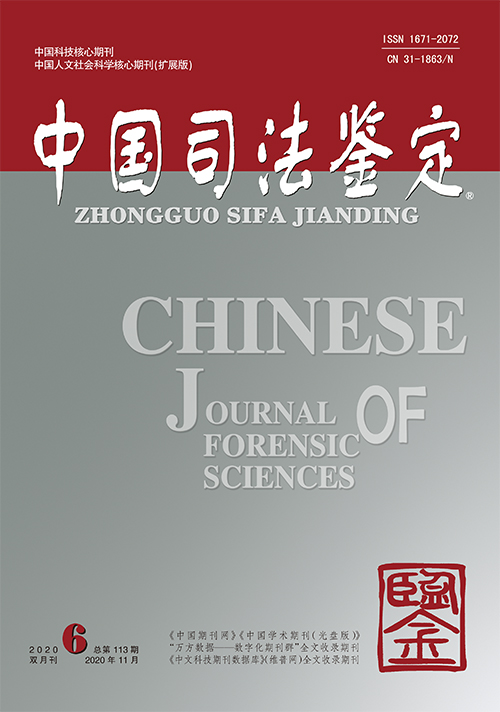|
|
Application of the Tolerance Intervals of Contrast Vision in Identifying the Malingering Decreased Vision in Forensic Medicine
ZHOU Shu, LIU Dong-Mei, PENG Shu-Ya, XIA Wen-Tao, CHEN Jie-Min
2014(1):
42-45.
Objective To evaluate the application of contrast vision in identifying the malingering decreased vision or blindness in forensic medicine. Methods 100%, 25% and 10% contrast visual acuity and projected vision were evaluated in 99 volunteers based on the previous researches, and tolerance intervals of contrast vision at different optotype contrast levels were obtained (n=166 eyes). 100%, 25% and 10% contrast visual acuity and projected vision were also evaluated in 60 suspects (n=64 eyes), of which the data had been randomized to group A and B, according to the tolerance intervals of contrast vision on contrast of 100%. Malingering was excluded in group A, while group B was considered malingering. All data were analyzed statistically. Results At different contrast levels, when the project vision ranged from 0.4 to 0.7, or was lower than 0.3, the difference between group A and group B was significant(P≤0.05). On the other hand, no significant difference was observed between the two groups when the project vision was higher than 0.8(P≥0.05). Conclusion When the project vision of the suspect is lower than 0.8, the contrast vision should be further evaluated. Referring to the tolerance intervals, when the project vision of the suspect is beyond the interval, the possibility of malingering should be taken into consideration.
Related Articles |
Metrics
|

